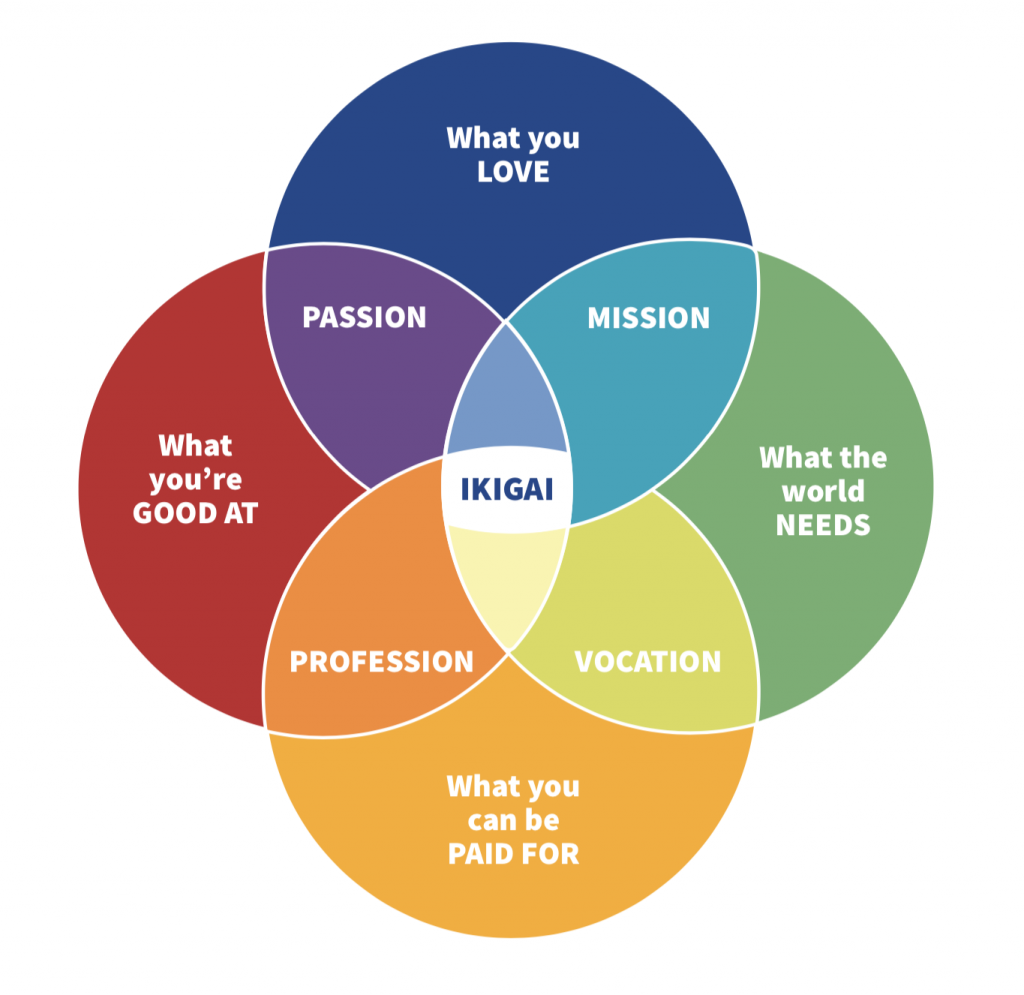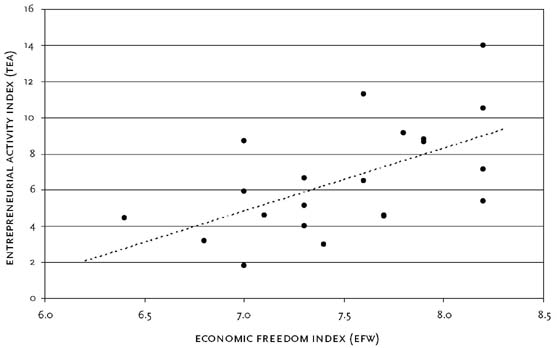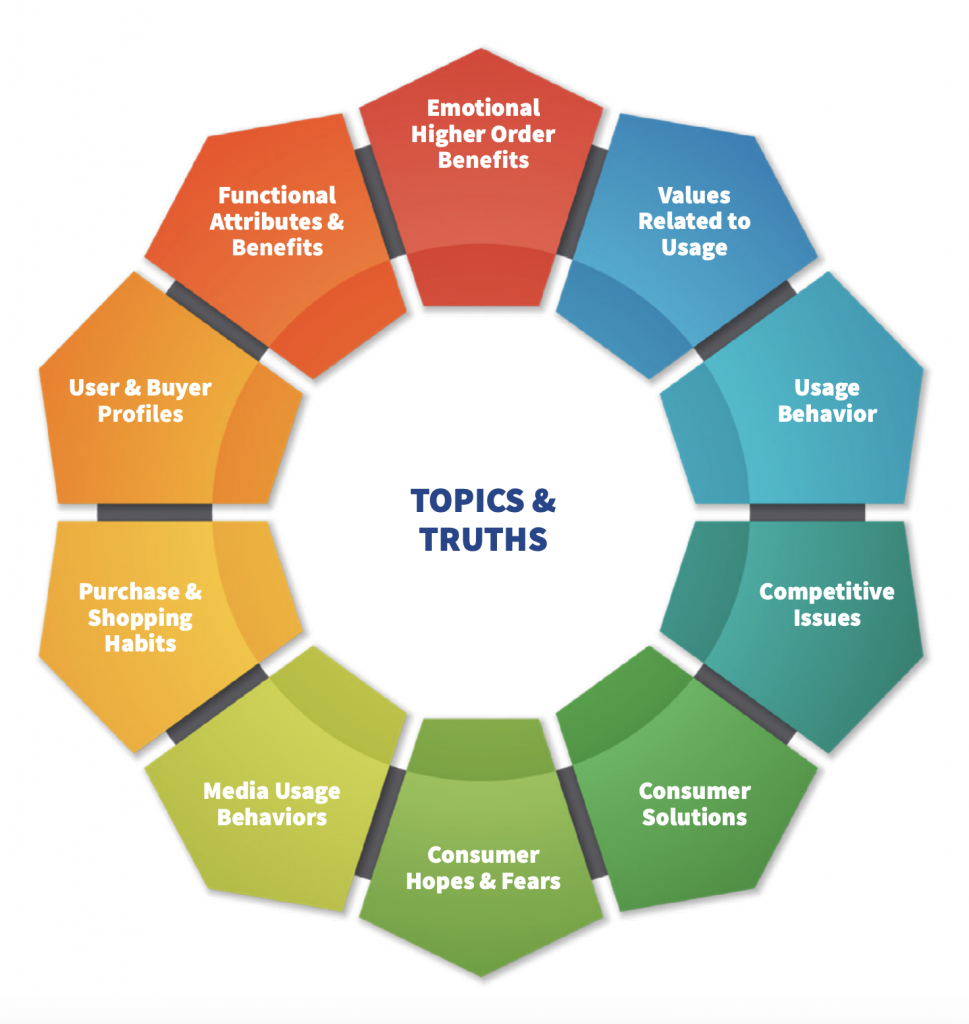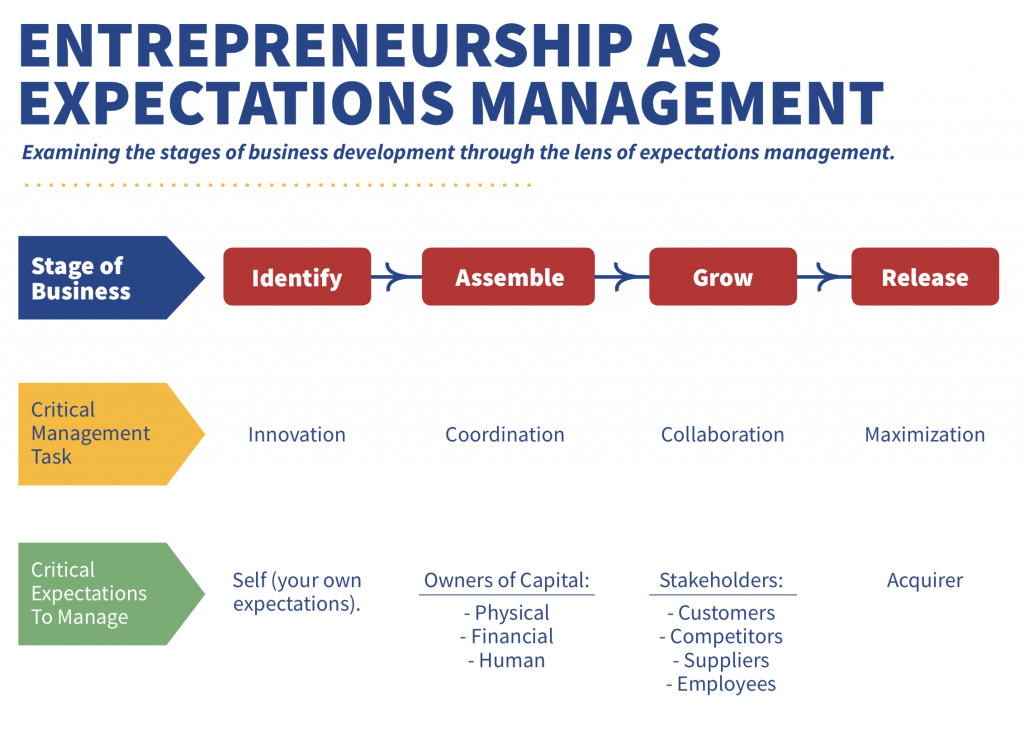24. Dr. Smita Bakshi: An engineer, passionate about her mission, makes an impact by combining what the world needs and what the world will pay for.
What is the nature of the journey from growing up in India and Africa, to an education in America and the successful founding, growing and managing a high-impact ed-tech business that helps instructors teach and students learn computer science?
The answer is: it’s not direct, and it’s not planned from start to finish.
It’s powered by individual drive, assembling knowledge, collaborating with a changing circle of smart and accomplished people, identifying the right pain point to address, and eventually finding – and then keeping – your focus.
Key Takeaways and Actionable Insights
The journey starts with individual drive: to better your own circumstances and those of your family.
You are not necessarily called to change the world or start a brilliant new company. You find your drive at an early age to do better, move forward, expand your opportunity and improve life for you and your family. Perhaps there is some hardship in your early experience that provides greater determination and zeal. Channel it well.
Don’t necessarily expect a direct path. Keep moving forward, accumulate knowledge and experiences, and gradually start to narrow your preferences.
Dr. Smita Bakshi identified engineering as her pathway. Her undergraduate degree was gained in India, and her Master’s and Doctor’s in the USA. Then she taught. Then she took an MBA. Then she worked for a small company in an engineering role, then a large one. There was diverse knowledge around engineering and its application in business and commerce. She established what she was good at.
Finding out what the world needs is a process of experimentation and discovery. It’s not always clear, and sometimes the people with the need can’t articulate it.
Dr. Bakshi realized that her passion could not be fulfilled working on server configuration software, because, important though it undoubtedly is, it was too far removed from observable human impact. She made human impact her passion and began to experiment and investigate – in finance, healthcare and education. The idea was not necessarily to start and own a business, but to find the right place and the right way to make an impact.
There are two challenges in finding out what the world needs. The first is articulation: the customer can’t translate their felt unease into an articulated need. No-one “needed’ Uber to fix the problems of the taxi industry. All the taxi user knew was that they were unhappy with the existing experience. In what way? In many, many ways. Uncertainty of getting a ride when wanted; uncertainty of the quality; uncertainty of the costs. It takes entrepreneurial skill to articulate a solution and a business model.
The second challenge is scale. Is the need big enough to support a business? Answering that question also requires entrepreneurial imagination.
A mission emerges when you can identify a pain point within your circle of human impact that’s big enough and important enough to generate significant revenues.
Dr. Bakshi started a consulting business helping start-ups to fashion business plans for their ideas and technologies. She rapidly found that it’s easy to identify pain points – engineering-speak for market needs or problems-to-be-solved – but that many of them are not significant enough to generate a business. A pain point is only half of a value proposition. Customers can live with pain points that don’t cripple them. It’s important to find the ones that they can’t live with. She advised all of her consulting clients that their ideas would not translate into effective business plans.
Having identified a significant pain point, with a potential for real human impact via a new solution, the next step is product-market fit. Imperfect is OK at the outset, improving steadily over time.
Product-market fit is Silicon Valley-speak for the solution to the two challenges of articulation and scale: a set of features and benefits that truly meets the market’s need, and delivers an experience that matches the expectations that a sufficient customers have in their mind when they buy the product, and for which they will pay.
Dr. Bakshi found an unarticulated need in Higher Education for teaching Computer Science (CS). The inputs were part data (more than 50% of students abandon their CS course in Year 1 because the struggle to learn is too difficult) and part sentiment (instructor unease not only at this student struggle, but also at the instructor struggle of teaching with tools that were a poor fit to the task – text books – and the imbalance of administration (especially grading) versus teaching.
The answer was an educational technology solution – a web application instead of a text book, facilitating learning in as interactive a manner as possible, with limited text, interactive, animation, built in labs (tests for students to see if they can write short pieces of code), and auto grading. The brand name was Zybooks.
Importantly, the pilot looked nothing like the Zybooks product today. Once the product was in the market and began to generate feedback, there was a process of continuous updating, improvement and adding features. The MVP (minimum viable product) model worked for Zybooks because the first experience, though imperfect, was a sufficient improvement over the status quo of CS textbooks.
The harder part of success is adoption, rather than product design and launch. Even though the market has confirmed the need, that doesn’t mean adoption is ensured.
Dr. Bakshi had commitments from target customers that “if you build it, I will use it”. That turned out to be an unreliable promise. Dr. Bakshi had to take an engineer’s approach to understanding how the market really worked. In this case, the higher education market, there is no incentive for the adoption of the best technology and best practice. In business, there is an expectation of switching to a new service – e.g. a CRM suite – if it is the best performer and an improvement over existing choices. This is not true in higher ed. The instructor has the academic freedom to use whatever techniques he or she prefers.
The engineering solution was direct sales: one-on-one, telephone, e-mail, online and in-person, whatever it took to influence one instructor at a time.
The final part of the journey is “crossing the chasm” from early adopters to early majority.
The famous technology adoption life cycle chart suggests that the first 2.5% of a market are the innovators who grab at new technology. The next 13.5% are the early adopters who like to be not necessarily the first but at the front end of adoption. But then there is a chasm to cross before bringing in the early majority, who are more skeptical and less open to change. Dr. Bakshi feels she is still not across the chasm, but is making progress.
The keys, she suggested are:
- Focus – don’t be tempted to stray from your core mission and core product. Stick with what you do well, and what your core knowledge and core capabilities fully support.
- Never compromise – and always keep improving – product-market fit. Is the user experience exactly what the customer wants – and ideally, even exceeds their expectations. Obsess about this fit, and make sure the people in your company think and act as one in their alignment around this singular purpose.
When there is time to reflect on the journey, Ikigai is a good philosophy.
| IKIGAI CIRCLES | SMITA’S IKIGAI |
|---|---|
| Find out what you love. | Engineering. |
| Invest in becoming really good at it. | 3 degrees, teaching, working at small and large engineering companies. |
| Impact: find out what the world needs. | A better way to teach and learn computer science. |
| Business model: make sure you can be paid. | Design, launch, get adoption for, and scale Zybooks. |
The result is a life well-lived.
DOWNLOAD
Download the IKIGAI PDF (287 KB)



